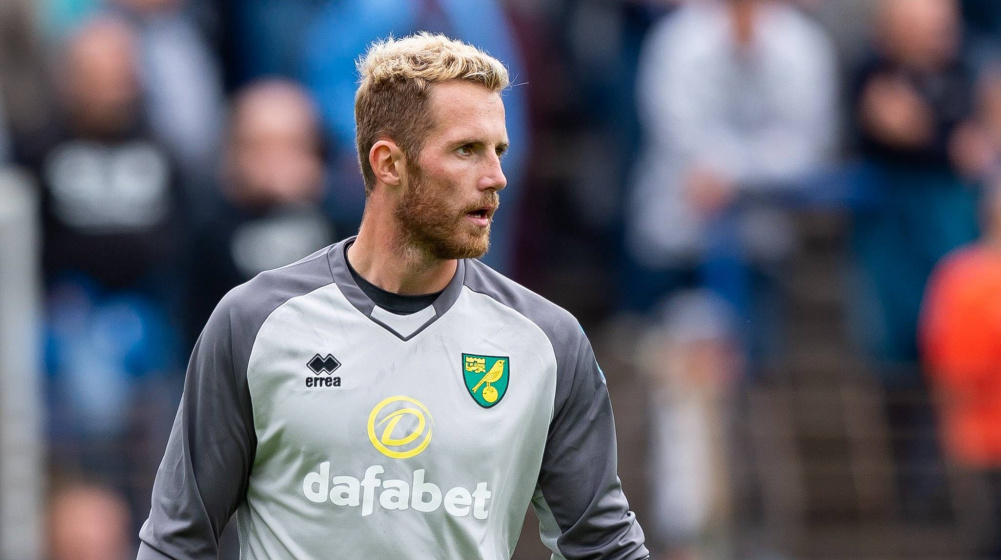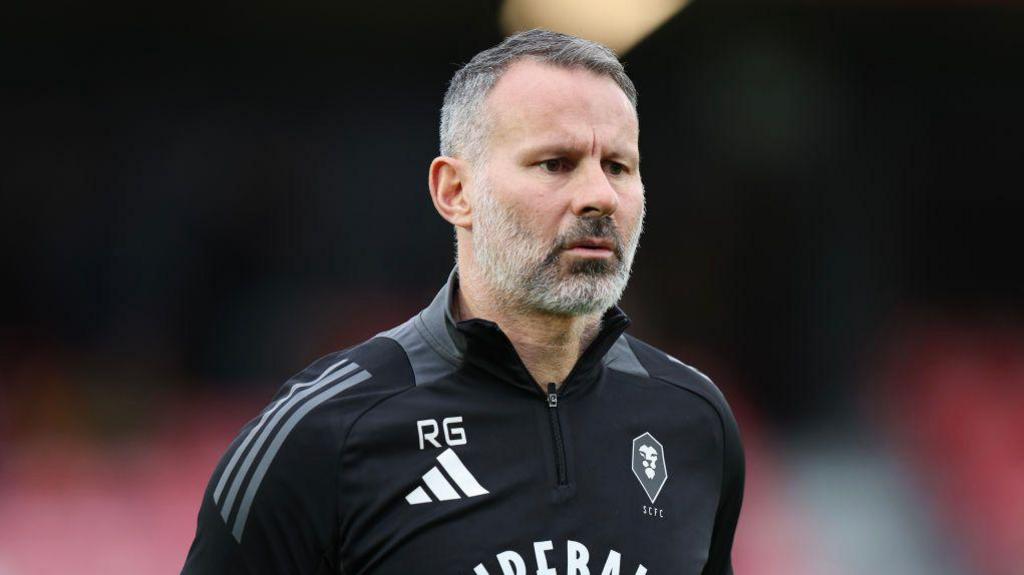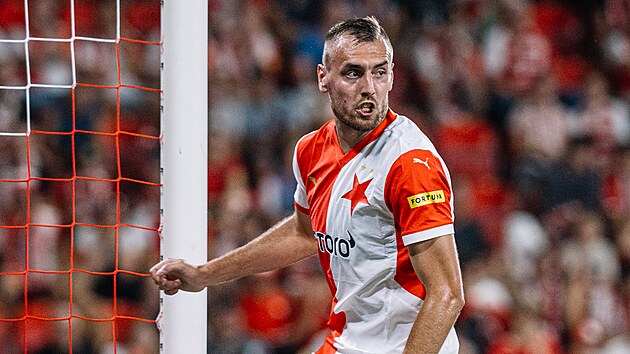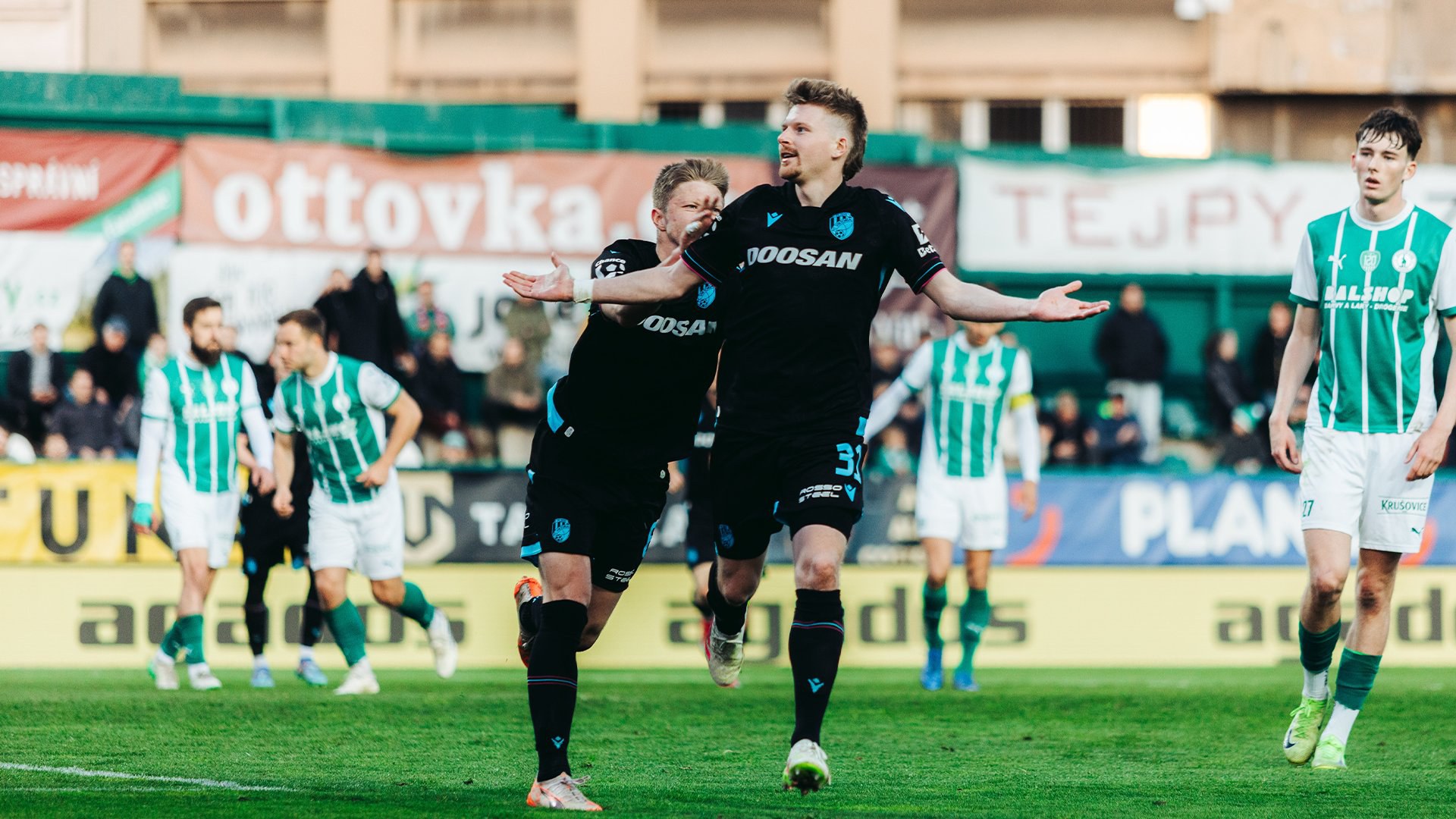

I’m not telling you this to win your compassion; rather, I’m telling you that this is a rare occasion in which I can accomplish it. Getting the list you love to argue about out into the world requires so much labour. I believe that Sam Dykstra and Jim Callis make an incredible prospecting team, and together we are the greatest content partners on the planet. That only covers the beginning. Our crew is unmatched in production and social media, and I wanted to take a moment to express my gratitude to (alphabetically): Jesse Borek, Michael Avallone, and Thanks to Willie Cornblatt, Kelsie Heneghan, Josh Jackson, Jason Ratliff, and Paige Schector for their hard work in making everything seem nice. Special thanks to Kyle Casey and Tim Conaughton for their video work, which adds even more flair.
Even after cutting and dicing the list in every possible way, there are still more perspectives. I was mulling about the possibility of creating a divisional prospect power rating over the weekend. I’m fine to utilise the Top 100 to look at which divisions are the strongest from a prospect prospective for the time being, but once the Top 30s are out and we rerank all the farm systems, we possibly could go even deeper.
Before examining any of the data, I had a theory—possibly influenced by my Pittsburgh roots—that the National League Central was the most stacked. After all, with seven players, the Cubs hold the record for most members on the Top 100, and we’ve often discussed the Pirates’ robust farm system. It seems that I was correct:
There is one more way we can look at this. Although it’s not precisely scientific, this gives us another idea of the talent’s location. The system is quite straightforward, and we refer to them as Prospect Points. The top prospect earns you 100 points, the second-best prospect earns you 99, and the top-100 prospect earns you just one point. In case you were wondering, the Orioles have the highest PP (444), beginning with No.
One potential Well, Jackson Holliday. This is an analysis of starting talent strength, and the NL Central leads once more. Although it breaks the tie between the AL Central and NL East and provides a bit more information, the standings are essentially the same as those mentioned above. The top prospect in each division is listed here:
To further support that total, the NL Central includes Paul Skenes of the Pirates at No. 3, and the AL East has Junior Caminero of the Rays at No. 4. The AL West has a formidable 1-2 punch in Carter and fellow organisation player Wyatt Langford (No. 6), but after that, there is obviously not nearly as much in the division. The AL Central is represented in the top 10 by Walker Jenkins of the Twins and Montgomery, while Max Clark of the Tigers is not far behind at No. 13. James Wood (No. 14), an outfielder with the Nationals, and Crews
place a duo from the NL East in the top 15. The NL West features two more players in the top 12 after Salas: Jordan Lawlar of the D-backs (ranked No. 11) and Jackson Merrill of the Padres (ranked No. 12).
Clearly, Busch has the key to the transaction. Out of North Carolina, he was the Dodgers’ first-round selection (31st overall) in 2019, and he has completely destroyed minor league pitching. In just 98 games at Triple-A Oklahoma City the previous year, he batted.323/.431/.618 with 27 home runs. After that, he had a difficult 27-game trial with the Dodgers. Stopped by Freddie Freeman at first base, he looked like a solid candidate for a trade, which is exactly what occurred.
Almonte has seen years of prosperity and hardship. He has pitched well in years with an even number and poorly in years with an odd number. Yes, I am aware that is unimportant. After being quite effective for the Dodgers in 2022, he finished the season with a 5.06 ERA and 1.396 WHIP in 49 games. One possible explanation could have been an injury. He has a 2024 contract at $1.9 million, which, if he can pitch as well as he did in 2022, could be a tremendous addition to the bullpen at a cheap price.








